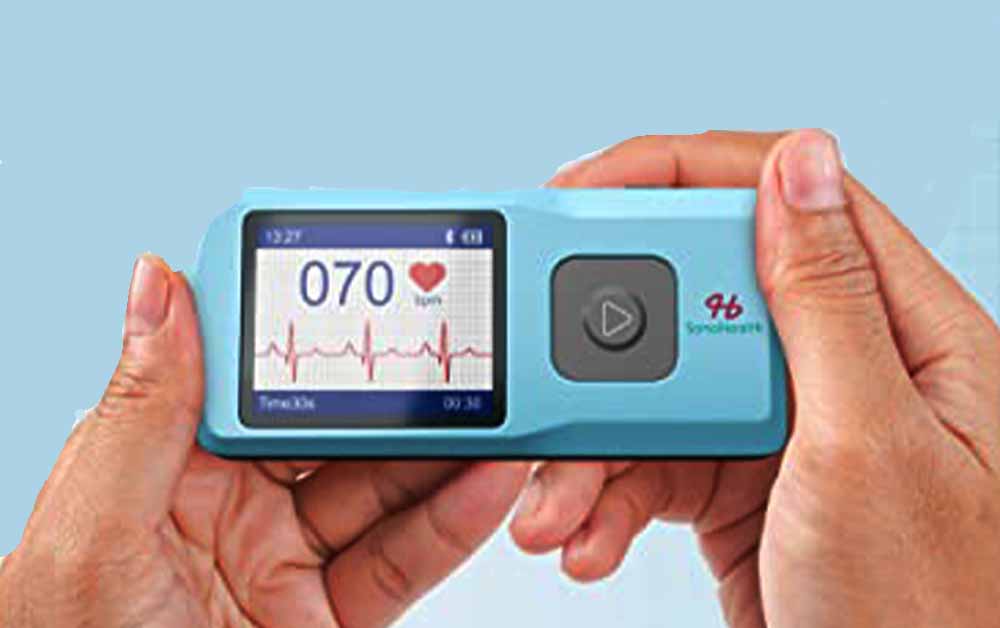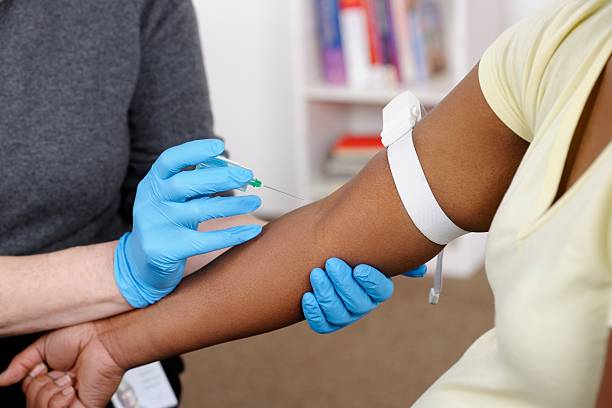
Simple, portability, security, and accuracy are the strengths of Wireless Electrocardiograms (ECG) device. Heart palpitations, skips, and flips are symptoms that most people may experience at some point in their lives. They’re often just the heart’s natural reaction to stress, exhaustion, or even hormonal fluctuations. However, these symptoms might occasionally be a sign of something more serious.
An electrocardiogram (ECG, also called EKG) may recommend if people are experiencing heart problems. They may also need to wear a cardiac monitor to ensure there isn’t a major problem with their heart rhythm. But what if they are unable to visit the doctor? Cardiac beat can now monitor from a smart gadget at home, thanks to new technologies.
Wireless Electrocardiograms (ECG): What is it?
Electrocardiograms (ECGs) are medical instruments that record the heart’s electrical movement. People who want to monitor their heart health at home can use wireless electrocardiograms (ECGs) or portable equipment.
During the COVID-19 pandemic, when it was increasingly difficult for individuals to reach their doctors’ offices, wireless electrocardiogram equipment became very essential. The use of remote wireless rhythm monitoring using ECG has grown more common as the prevalence of arrhythmia problems among SARS-CoV-2 patients has increased. Thus, as per Astute Analytica, the global Wireless Electrocardiograms (ECG) market will grow at a CAGR of 6.5% from 2022 to 2030.
Who can benefit from a Wireless ECG?
People can check their heart rate and rhythm at home with portable or wireless ECG monitors and utilize the data to discuss any symptoms or patterns with a doctor.
ECGs can detect the following conditions:
According to the National Health Service (NHS), it can detect some heart disorders. The following are some of them.
Arrhythmia
Arrhythmia is a condition in which the heartbeat is irregular. The heart of a person may beat too quickly, too slowly, or in an irregular rhythm.
As per the National Library of Medicine, this illness affects up to 5% of people. However, it may not create any symptoms. To identify arrhythmia, a clinician can use an ECG test. They will discuss a treatment strategy with the patient once they have been diagnosed with this disease.
Coronary artery disease
Coronary artery disease affects roughly 18.2 million persons in the United States, as per the Centers for Disease Control and Prevention.
When fatty substances build up inside the lining of the coronary arteries, they impede the flow of blood to the heart. An ECG can be used to diagnose coronary artery disease.
Heart attack
When the heart’s blood flow is insufficient, a heart attack occurs. Some folks may not realize they’ve had a heart attack until it’s too late.
Heart attack symptoms include chest and upper body pain, lightheadedness and lack of breath, anxiety, and nausea.
Cardiomyopathy
Cardiomyopathy is a disorder in which the heart muscle shrinks, changes shape, or becomes too thick to pump enough blood. This can lead to heart failure and an irregular heartbeat.
Using an ECG monitor at home
ECG monitors for personal use are identical to the ECGs used by clinicians. People can use these gadgets at home to keep track of their heart health.
However, a personal ECG monitor should never use in place of medical guidance. If the person experiences any symptoms that could indicate an underlying health problem, such as heart palpitations, dizziness, or fainting, they should seek medical help right once.
What features should a wireless ECG monitor have?
- Choose products with a high average customer rating based on user reviews.
- Select products that fit a wide range of budgets.
- Choose products that are ideal for people of all ages because of their ease of use.
- In order to determine which at-home ECG monitor is suitable for their circumstances, a person should consult with a doctor.
When shopping for an at-home ECG monitor, consumers should consider the following factors:
Bluetooth connectivity: It is available on some ECG monitors, allowing them to connect to smartphone devices to follow the user’s data and readings.
Memory: This feature allows the user to save prior readings and is useful when showing the data to a doctor.
Size: If someone plans to use an ECG monitor while traveling, they should examine the size to make sure it fits in their pocket.
The time it takes to take a reading: Most devices require 30 seconds to take a single reading.
How to use wireless Electrocardiograms?
When utilizing a portable ECG monitor, users should follow all product guidelines. Although instructions for using a portable ECG differ.
Several different firms produce these devices. A person should look over the characteristics they offer and choose the one that best fits their needs.
- When exercising, avoid using an ECG monitor because the readings are less likely to be correct.
- Placing the sensor in a location where it can register a pulse, such as the fingers, wrist, or chest while utilizing the ECG monitor
- Removing any jewelry that would be close to the sensors taking measurements on dry skin taking measurements on bare, hairless skin.
Closing Note
People who want to monitor their heart health at home or while traveling may find portable ECG monitors beneficial.
These gadgets should not use to diagnose or treat medical conditions. If someone suspects they may have a cardiac problem, they should see a doctor as soon as possible.
Also Read: https://zaratechs.com/spa-therapy-improving-mental-health/


